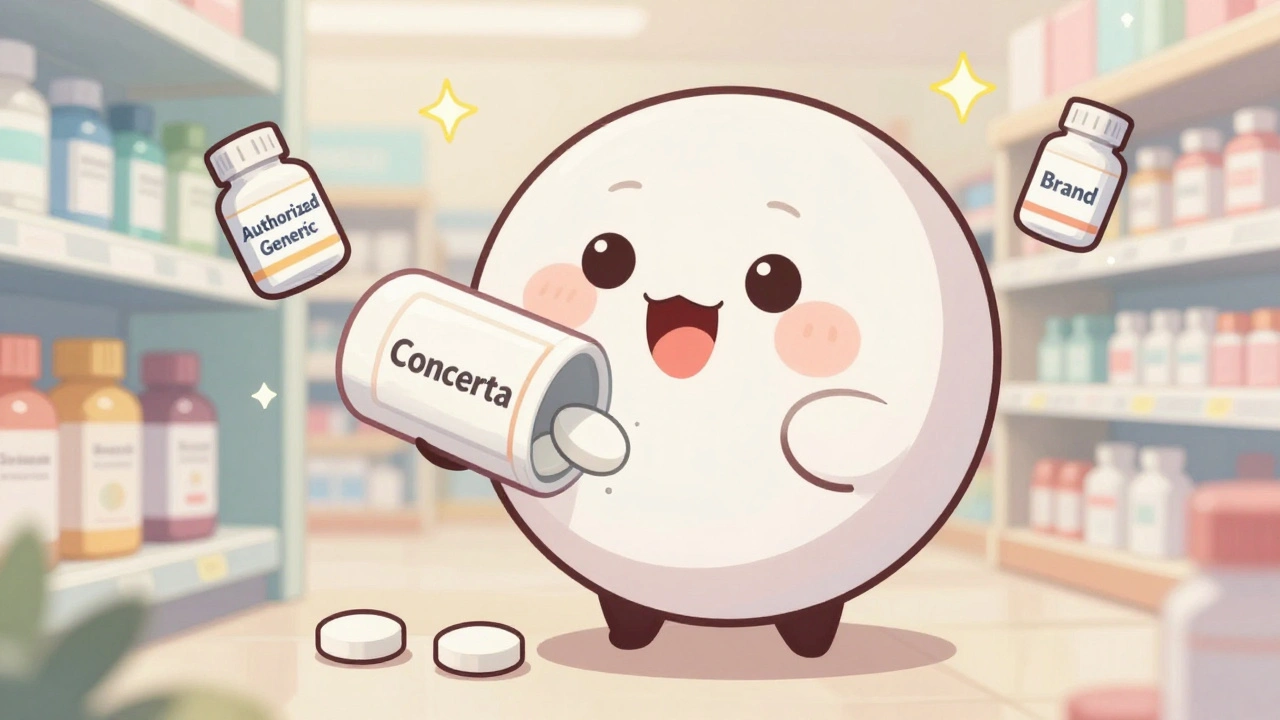Antibiotic Treatment: Simple Guide for Everyday Use
Antibiotics can save you from a nasty infection, but only if you use them right. This guide breaks down the basics you need to know before you pop a pill or finish a course.
When to Use Antibiotics
First off, antibiotics only work on bacterial infections. If your doctor says you have a viral cold, antibiotics won’t help and can cause extra problems. Common bacterial issues that need antibiotics include strep throat, urinary tract infections, and certain skin infections. Always ask your pharmacist or doctor why a specific drug was prescribed and what bacteria it targets.
Timing matters, too. Start the medication exactly when your doctor tells you. Some doctors advise taking the first dose with food to reduce stomach upset, while others say it’s fine on an empty stomach. Follow the label and the instructions you get at the pharmacy.
Avoiding Common Mistakes
One of the biggest errors is stopping the pills early because you feel better. Even if symptoms fade, the bacteria can still linger and become resistant. Finish the full course, even if the label says “usually 5 days” and you’re symptom‑free after 3.
Watch for side effects. Mild nausea, diarrhea, or a skin rash are common, but severe reactions like breathing trouble need urgent care. If you notice anything unusual, call your doctor right away.
Don’t mix antibiotics with alcohol or certain foods unless you’re told it’s safe. For example, taking metronidazole with alcohol can cause a harsh reaction, while some antibiotics work better with a full glass of water.
Allergies are another red flag. If you’ve ever had hives, swelling, or anaphylaxis after an antibiotic, tell your healthcare provider. They can pick a safer alternative and note the allergy in your record.
Storing your meds right is simple but often missed. Keep tablets in a cool, dry place away from direct sunlight. Some liquid antibiotics need refrigeration; check the label to avoid losing potency.
Lastly, keep a list of all the antibiotics you’ve taken. This helps doctors avoid giving you the same drug if you’ve had a bad reaction before and helps monitor for resistance patterns.
Using antibiotics responsibly protects you and everyone else from super‑bugs that no longer respond to treatment. Follow your doctor’s advice, finish the course, and report any side effects promptly. That’s the easiest way to stay healthy and keep antibiotics working when you truly need them.





